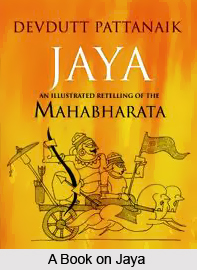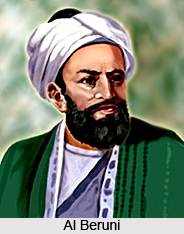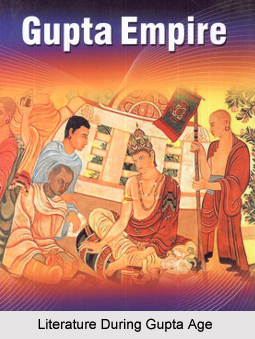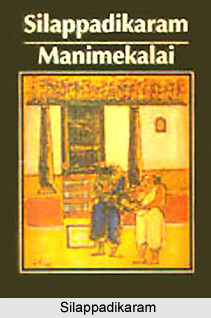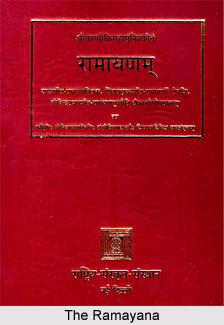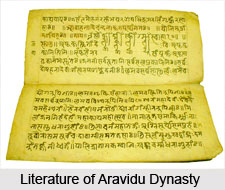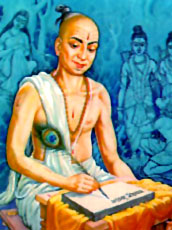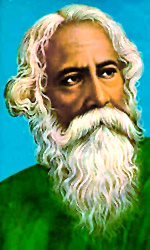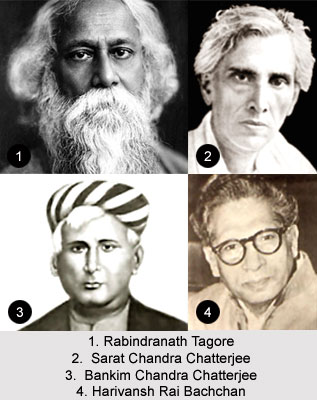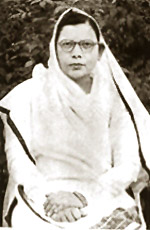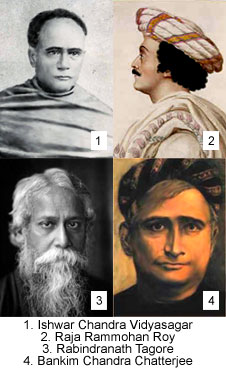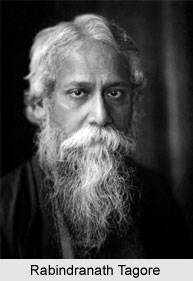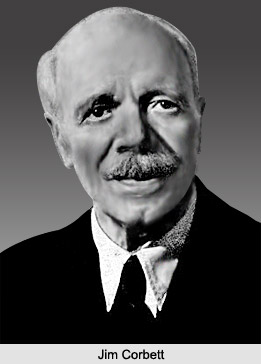 In `My India` Corbett talks about the people of the country in an excellent manner. As usual the name itself is self-explanatory. This book deals with the country as he said my India. He always felt India as his own country and he believes in that way only.
In `My India` Corbett talks about the people of the country in an excellent manner. As usual the name itself is self-explanatory. This book deals with the country as he said my India. He always felt India as his own country and he believes in that way only.
Jim Corbett was a very competent hunter as well as a good writer. Between the years 1907 and 1938, Jim Corbett killed nearly a dozen Man-Eaters in India. All of these were very ferocious predators who are estimated to have killed at least 1500 people during their time. Jim Corbett always took on the most dangerous animals. When everybody else had quit and all hope was lost. He hunted alone and routinely came within five to ten metres of the Man-Eater before killing it. He was fearless and he loves these tigers and doesn`t kill them as along as they are safe for the mankind. His keen senses enabled him to outdo the most cunning of those lethal cats that included the Champawat Tigress. She killed almost 436 lives, the Panar Leopard killed 400 lives. Those were the times when over a hundred thousand tigers roamed freely in India and frankly in many parts it was a matter of whether the tiger or humans would survive. Jim Corbett has narrated his entire hunting story very nicely. He has written many books all of which describes the forest life in a vivid way.
Synopsis:
`My India` by Jim Corbett is a deviation from the usual pattern of the author. He always makes the common and poor men of India his subject, although the pleasant sensation and suspense of the hunting books do not subside a bit here. Jim Corbett`s forefathers had come to India from Britain to serve the empire. They worked in the railways. The autobiographical `My India` weaves together many anecdotes involving Corbett`s fellow workers, his living quarters in Mokameh Ghat and Kaladhungi and his adventures into the wild have been described vividly. These personal accounts are awash with his deep understanding of and sympathy for the poor men of India, to whom the book has been dedicated. This book carries this simple difference from the other creations of Jim Corbett. In `my India`, Corbett writes in his dedication about the people. According to him there are four hundred million people, ninety per cent of whom are simple, honest, brave, loyal, hard-working souls whose daily prayer to God, and to whatever Government is in power, is to give them security of life and property to enable them to enjoy the fruits of their labors. These qualities possessed by the author himself attracted Corbett to the multitude.
`My India` is written by Jim Corbett and published by the Safari Press in the year of 1991.
`My India` is a story by Jim Corbett, which he created in his leisure time. Although Mr. Corbett was an Englishman living in India, he recounted and related the daily, ordinary life, with ordinary people of India in 1930 - 60. It is not about the British Raj in India. This is very hard to locate but worth trying to find it to read. This book describes how the ordinary people lived in India at that time, in villages, and jungles as well. This book is dedicated to `my friends the poor of India` for whom it is a best seller in India. Mr. Corbett later became a true conservationist.
